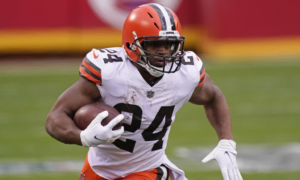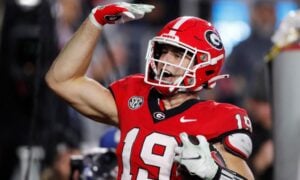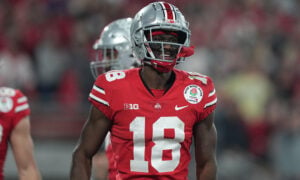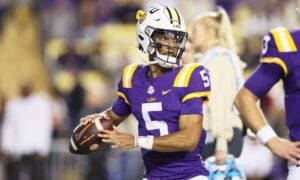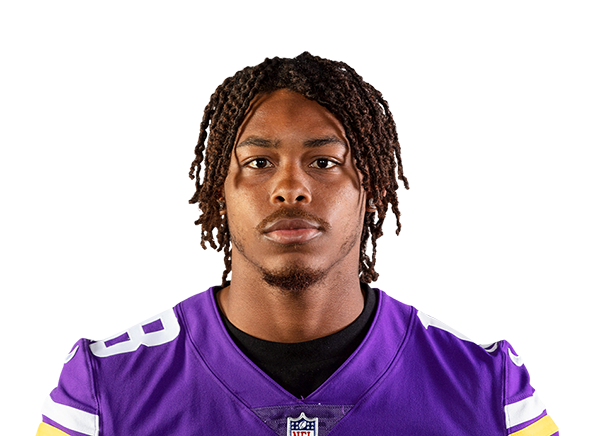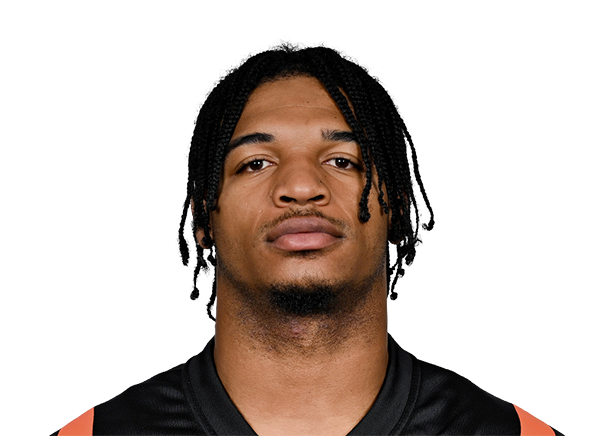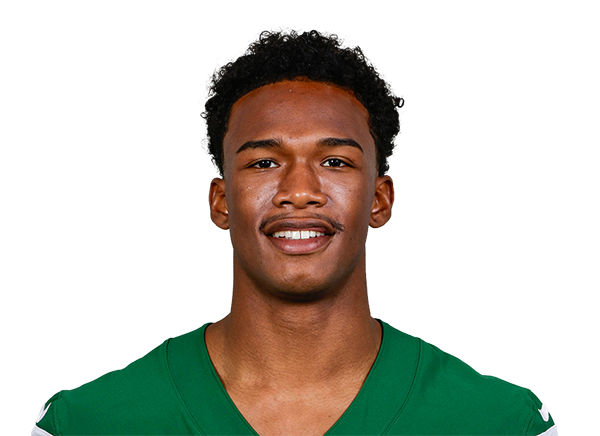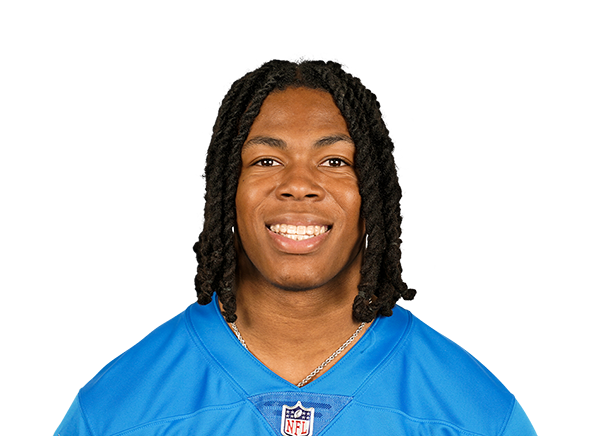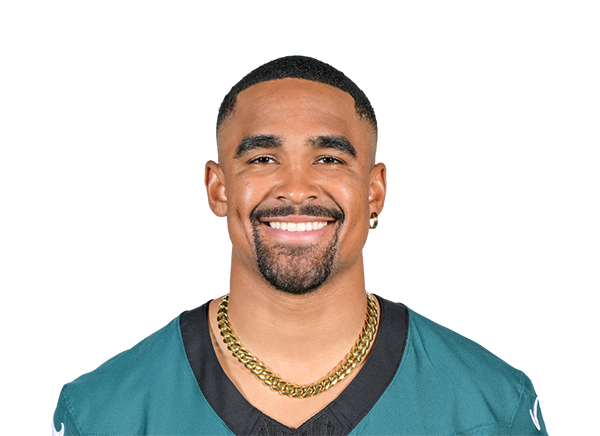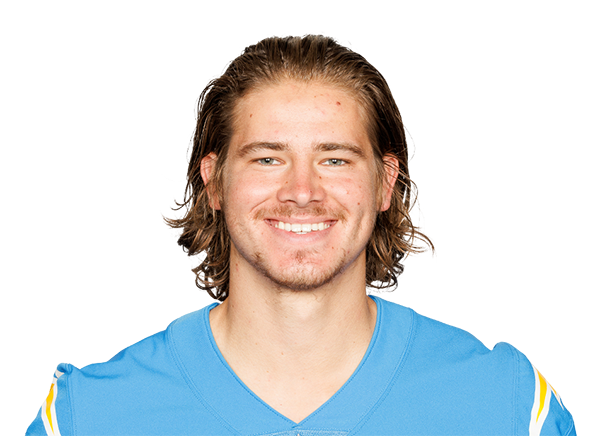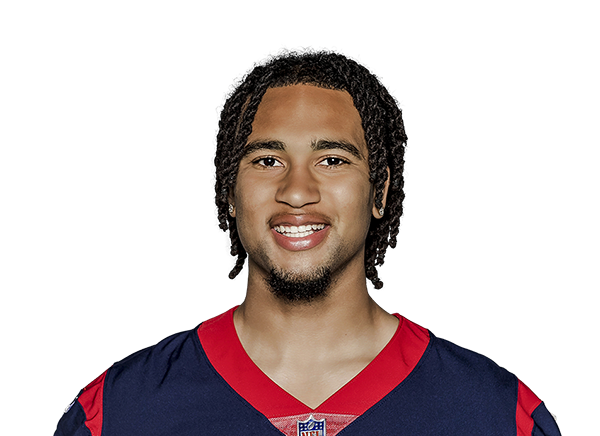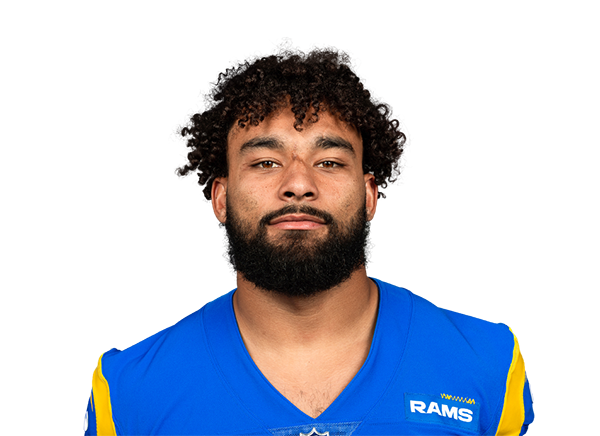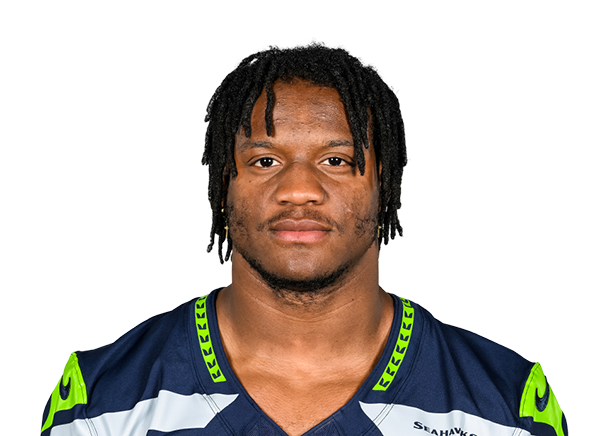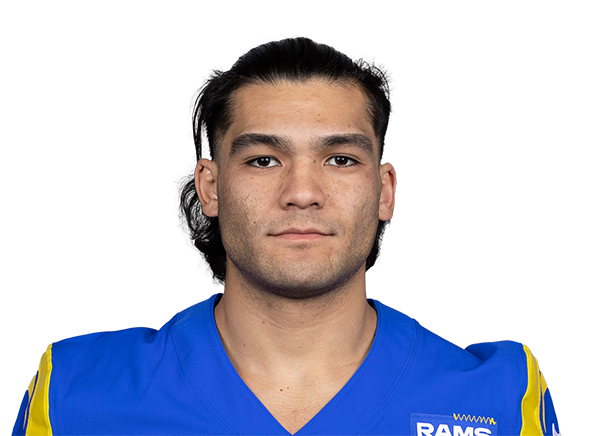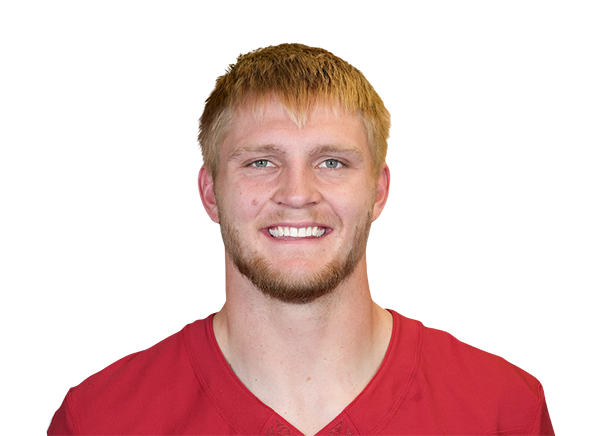Commish 101: Understanding Waiver Options
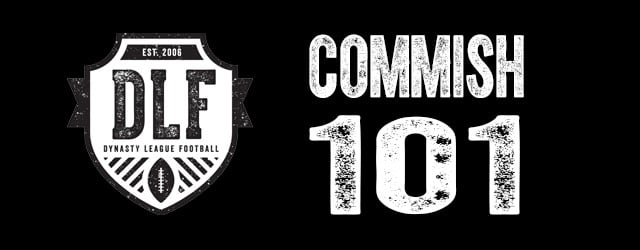
Understanding how waivers are defined in your league is one of the most important (if not the most important) part of your fantasy season. I like to think of the draft as a foundation. Obtaining players through waivers, trading and future drafts (if you are in a dynasty league) determine the strength of your foundation.
Let’s talk waivers!
Types of Waivers
Waivers are the method in which a team adds a free agent to their roster once the league draft is complete. There are many types of waivers. Leagues can use a combination of waiver types or choose one type. I typically play in leagues where two types of waivers are used during the week to obtain free agent players. Four of the most common types of waivers are:
- Blind Bid (BBID) – A waiver claim placed on a free agent for a certain dollar amount using the teams allowed blind bid budget. These bids cannot be seen by other teams. The highest bidder will win the player.
- First Come First Serve (FCFS) – Your league has open waivers during this time. As the name suggests the players are available to the first team claiming the player without a waiting period. Obtaining the player is instant.
- Worst to First (W2F or WtoF) – Focus is to allow the lowest team in weekly standings the first opportunity at free agents. The system then allows the second lowest team the same opportunity. This continues until all teams have been addressed.
- Continual Rolling List – A waiver priority list is created based on standings or by randomizer. Waiver claims are processed based on the waiver priority order. Once a claim is awarded that team moves to the back of the list.
Understanding these types of waivers may help you decide to join a league or pass on the opportunity if you have a waiver preference. Remember, it is up to you to read and understand the bylaws/rules before joining a league. Having an unexpected surprise of how waivers are used if they do not match your preference can be dreadful. Let’s dig a little deeper into the types of waivers.
Blind Bid Waivers (BBID)
[inlinead]I have to admit this is a favorite of mine. All the leagues I commission are set up using this type of waiver system. I feel this is the fairest waiver system for each team to obtain a free agent. It is especially useful because other teams cannot view your bids. You will see the amount a player was won at the time the blind bids are awarded based on your league calendar. Once the budget is determined in your league you will manage this dollar amount (fake dollars) for the designated time set forth in your league bylaws. This amount can be used as a seasonal, yearly or rolling year budget. Seasonal would address a certain time frame blind bid dollars can be used. For example, I run leagues where we have off-season blind bid banks of $100. The duration of time for these bids are soon after our rookie draft in May until week one of NFL games (September). It is based on a “use it or lose it” system. If you do not use your entire bank of off-season blind money it will be erased. As a league consensus it was determined we wanted all teams on an even playing field for off-season and in season bidding. Once the regular season starts (week one NFL) I replenish all blind bid banks to begin at $100 – this money is used for regular season and playoff season bidding.
Another advantage in using blind bidding is you do not have to stalk the internet like a hawk all week long like a VULTURE! You simply place your bid and amount during the blind bid times. These times are generally allowed weekly for three days or more. Your league calendar will determine when bids are processed, usually Wednesday or Thursday. Understanding if your blind bid waivers are set using conditional bidding vs. non-conditional bidding is important. Familiarize yourself with those terms. Once this process is complete, your league rules may allow a first come first serve (FCFS) waiver time.
First Come First Serve Waivers (FCFS)
This is primed and set for the teams who have more internet access than others – this allows teams to pick up free agents instantly as there is no waiting time. If your league allows first come first serve times on a 24/7 basis, you can be the first to pick up a hot player on NFL Sundays. I have seen stud players go down with an injury in the first quarter of their game and see their possible replacement be gobbled up faster than a turkey on Thanksgiving. You need to be on your toes when playing under this waiver system exclusively.
Your league can choose to have limits on first come first serve waiver times. You could choose to close them during NFL game times or use first come first serve after your blind bid waivers process as a way for teams to obtain free agents.
I use this option in combination with blind bid waivers in fantasy leagues. There can be injuries or reasons players may not play weekly. If you play in a league that allows first come first serve waivers after blind bids are processed or other waiver types teams can easily add free agents at will during this time. It works well in combination with other waiver types.
Worst to First Waivers (W2F or WtoF)
If you feel it is fair to give the team with the lowest standings the first option weekly at free agents, this is the waiver type for you! The focus of this type of waiver is the belief teams with poor drafts or low scoring teams weekly need the quickest corrective action in repairing their status. Some may argue it allows the league to be more competitive at a faster rate if low standing teams can somehow salvage their teams by allowing early waiver options at free agents. Teams opposed to the idea of worst to first waivers (me being one) would argue that low standings weekly can be for many reasons. You could have a key injury that is temporary or several players on byes in one week. If the league is competitive, the difference between the high and low standings could be minimal. A more aggressive argument I have heard is a team could tank in week one or early in the season hoping to obtain players. They also may say it is a way to give an owner who did not do their homework on the draft a “bail out.”
I do feel the intent when creating this type of waiver was made in good faith. The advancements made in owners being more accomplished in their fantasy football knowledge has made this waiver type a dying breed.
Continual Rolling List Waivers
[inlinead]This type of waiver system can seem similar to the worst to first type. The first determination in this type of waiver system is outlining the waiver priority list. If you are involved in a new league, your option may be to run a randomizer to determine the waiver priority list. Other ways to determine order could be reverse order of your draft or based on order in which teams signed up for the league. Next you will need to determine if your rolling order will be based on weekly standings (again much like first come first serve) or if the priority list never resets. If you choose a reverse order of weekly standings, it seems your league calendar should be set to run these waivers more than once a week. In the first waiver run of the week, the team who is awarded a player would move to the end of the list with teams who did not make a waiver claim or win a waiver claim to move up. If you did not run waivers more than once a week it seems this would be first come first serve not a continual rolling waiver system. I have seen nearly all leagues using this waiver system do so under the no reset option. This means if you are in a dynasty league it would not reset yearly.
Waiver Tips
Understanding your waivers can be the key to winning your league. I would like to offer a few tips that may be of assistance.
- If you use blind bid waivers, know your teammates’ balances. If you covet a player and your highest peers balance is $40 you do not need to bid $50 to win the player. You could bid $41.
- Be active early. Saving all of your blind bid money for December could present you with a low player pool. Many times the best players are awarded early in the season. On the same token, saving some money in case of injuries can be beneficial. It will be up to you to determine the value of the player you are bidding on.
- If your blind bid money does not reset from off-season to in-season banks, don’t spend all your money on Tyler Gaffney in July just because you hear something positive. You will likely need money for in season bidding.
- Make your bid amounts in odd increments. You can win bids by bidding $12 instead of $10 or $7 instead of $5 or $21 instead of $20.
- Know if a “drop player” is available as first come first serve or if he is held until the next waiver run. Don’t miss out on a player simply because you did not understand a waiver rule.
Understanding your waivers is one of the best tools you can have for a successful season!
[ad5]
- 20/20: Mike Williams - February 26, 2017
- Ladies of the Game: Liz Loza and Jennifer Smith - November 24, 2016
- Ladies of the Game: Jen Ryan and Julie Bissonnette - November 18, 2016






